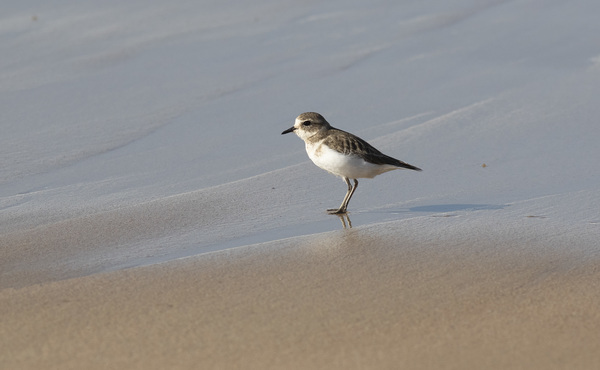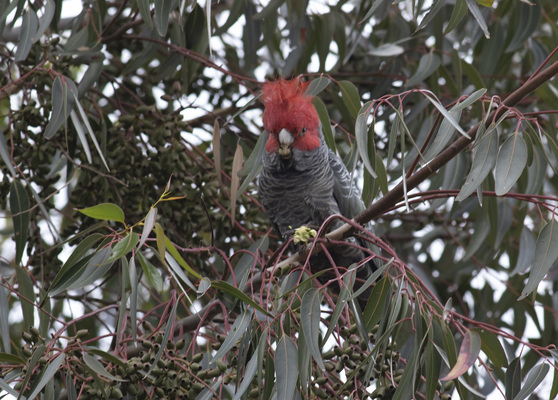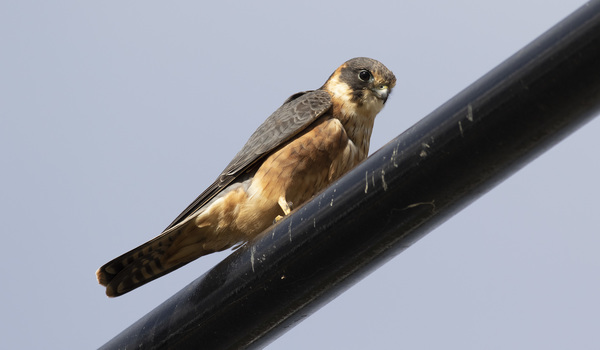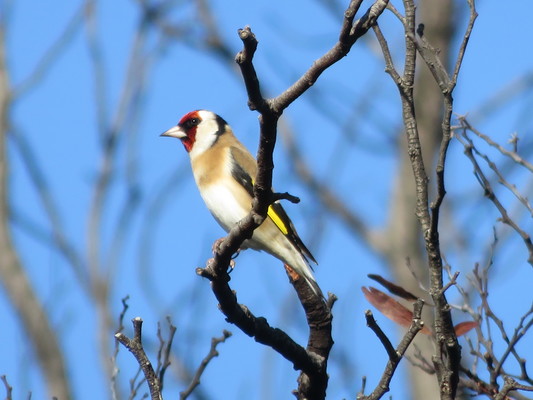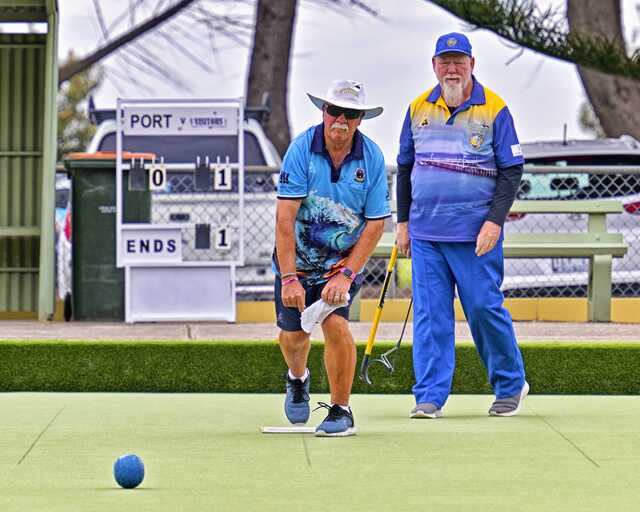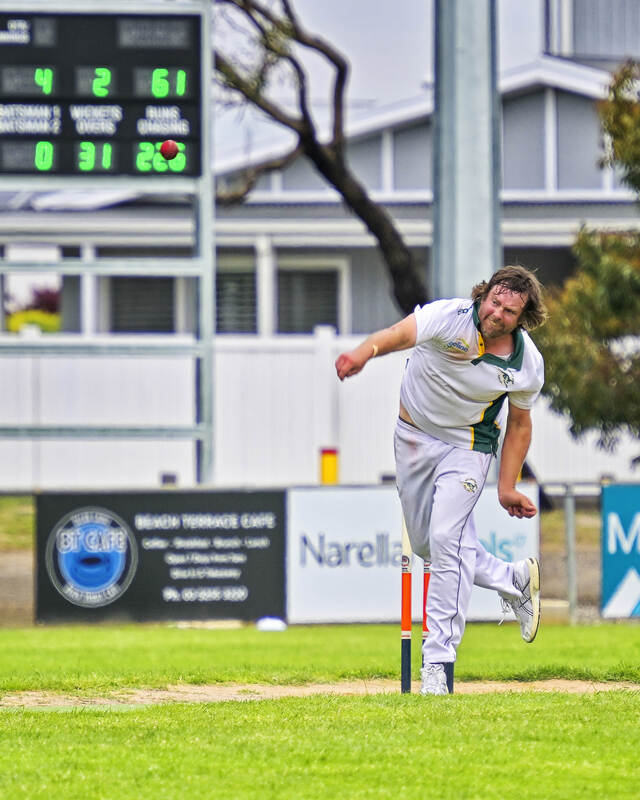Winter is in full swing, but there’s been some fine, cool days that have been perfect for getting out and about.
I’ve had a few outings over the past few weeks, including another drive to Newstead to see if I could spot the owlet nightjar and of course it was not in its hollow. I’m not giving up though.
I drove to Anglesea, via Point Addis one day, and the highlight of that trip was seeing a pair of gang gang cockatoos having a feast on gum nuts.
These birds are just beautiful so I watched them for a good half an hour and they didn’t seem the least bit worried about me hanging around.
On the way back I stopped at a friend’s house that is located in the new estate in Torquay near the new high school, and I saw an Australian hobby in the same spot that I noticed one a few months ago.
I also popped into Black Rock at the end of 13th Beach, and saw eight red-capped plovers, one double-banded plover and four red-necked stints.
Stints are migratory shorebirds, so it appears that these birds are remaining in southern Australia for the winter rather than flying to the Northern Hemisphere.
Double-banded plovers are the only waders that migrate west to east from Australia to New Zealand. There were also four hooded plovers on the beach. Unfortunately there was a man walking a dog off lead in the area where there are supposed to be no dogs permitted, so I had to leave the beach.
On this subject, Kevin emailed me and told me about an off-lead dog running rampant at Blue Waters Lake, where there are many signs asking for dogs to be on leads at all times.
Kevin also saw people feeding bread to the birds in the lake. Most typical sandwich bread is a poor food choice for birds. Bread contains very little protein, which birds need to develop muscles and feathers.
I had a wonderful experience with Robin and Garry from Bellarine Birdlife. They have a property on the Bellarine where there has been a flock of eight blue-winged parrots feeding on the saltmarsh plants. I dropped around and saw the blue-winged parrots, which was fantastic, but I managed to get a bit too close to them and they flew away before I snapped a decent photo.
I had been looking around the Bellarine for blue-winged parrots for a while, so it was great to see them. The blue-winged parrot has an olive-green head and upper body, with yellow underparts and a dark blue band across the forehead.
It gets its name from the large, dark blue patch on the wings. This is one of the many species of birds that breed in Tasmania migrate to the mainland.
I received a lovely email from Judie, who is a member of Bellarine Birdlife. She went for a walk at Ocean Grove Nature Reserve on a perfect day when there were so many birds on the north track.
Judie’s highlight was that she finally got a good view of European goldfinches and a male golden whistler. The bonus was seeing three beautiful wallabies and an echidna.
Carole, who is also a member of Bellarine Birdlife, also sent me an email about her venture to Ocean Grove Nature Reserve. Carole found that the north track was bathed in afternoon sunlight so she dawdled along until she heard a cacophony of sounds.
Suddenly she was surrounded in a flurry of bird song, twitters and even screams. The birds came from everywhere.
There were silver eyes, grey fantails, goldfinches, wrens, a yellow-faced honeyeater and of course (the bully boys), the New Holland honeyeaters.
In the trees, just as amazed as Carole was, was an audience of common bronze-wings and black-faced cuckoo-shrikes.
The little ones were bathing in puddles and feeding in the grasses and trees. Just as quickly as it happened they decided it was all over. Quietness. It was the most unbelievable experience.


